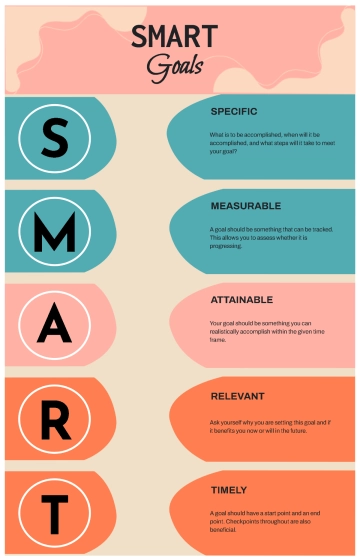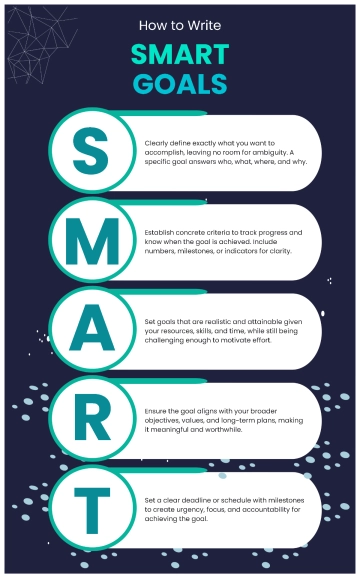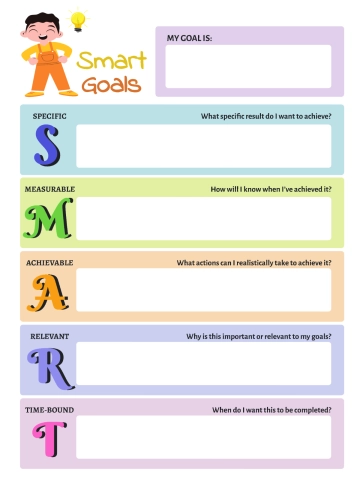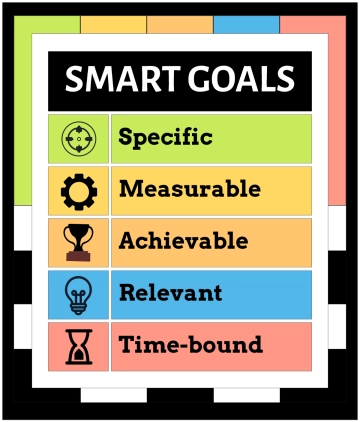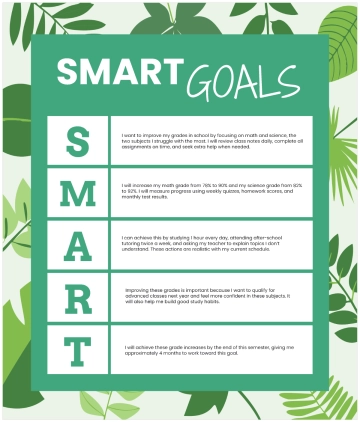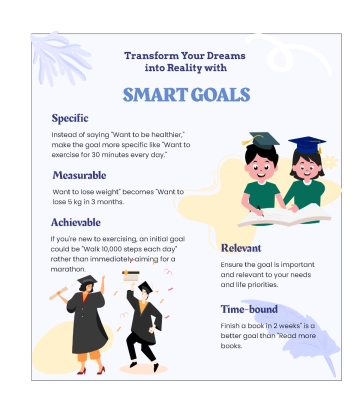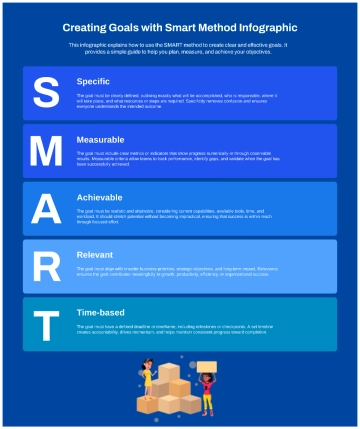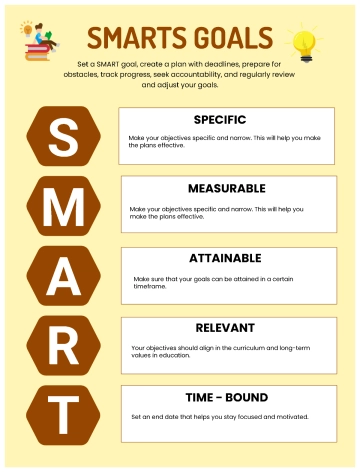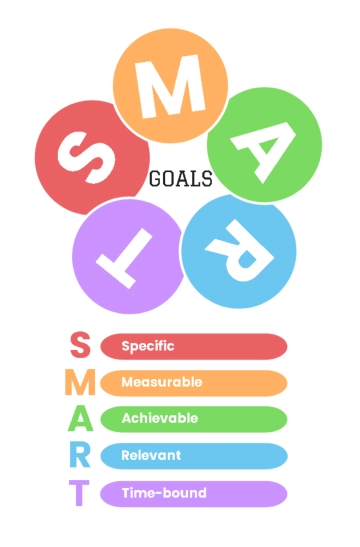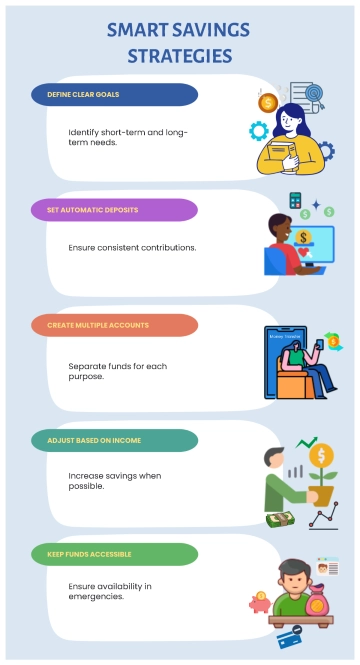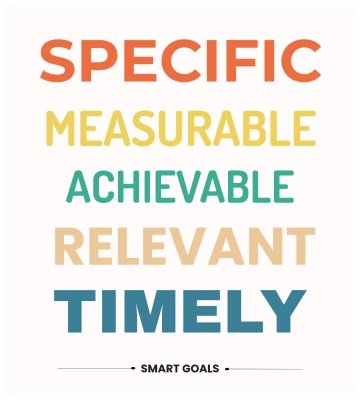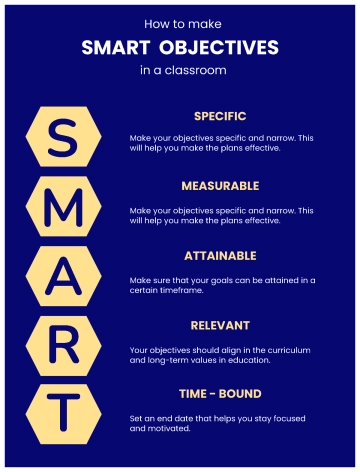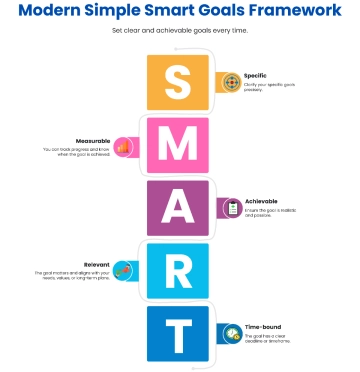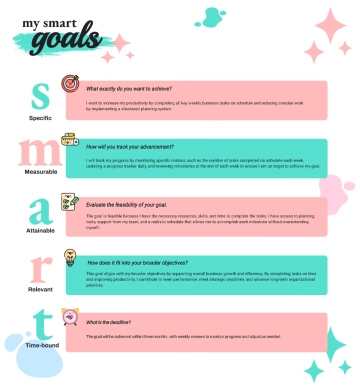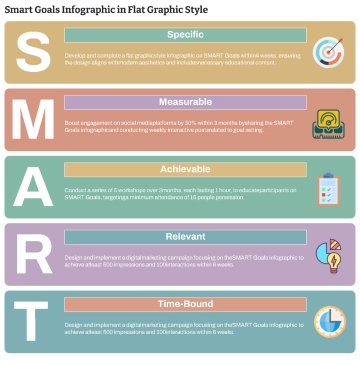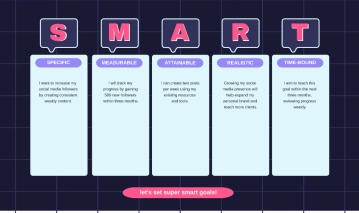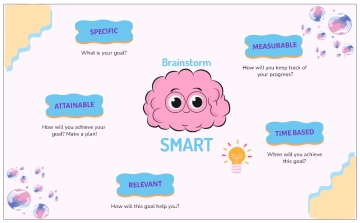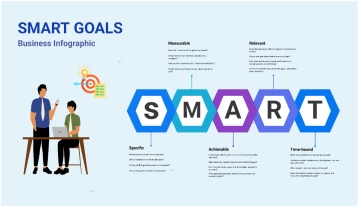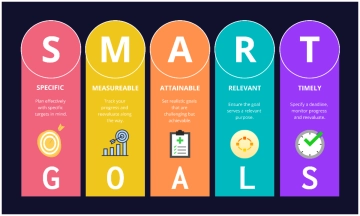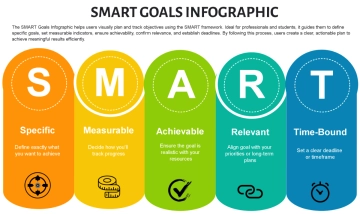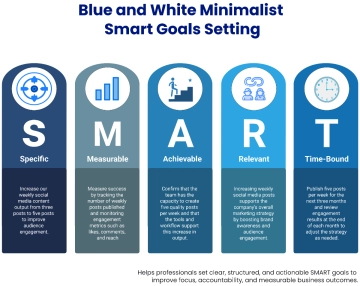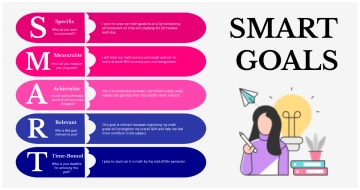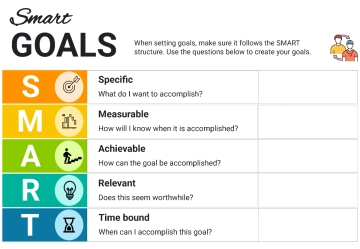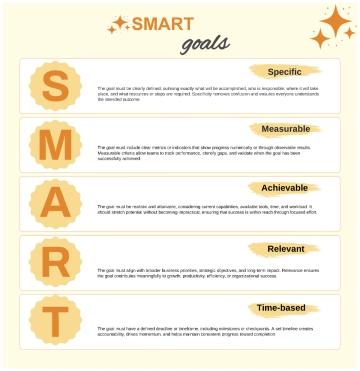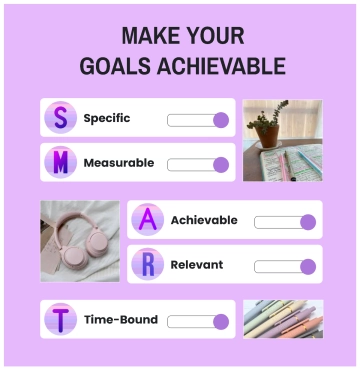Free SMART Goals for Training
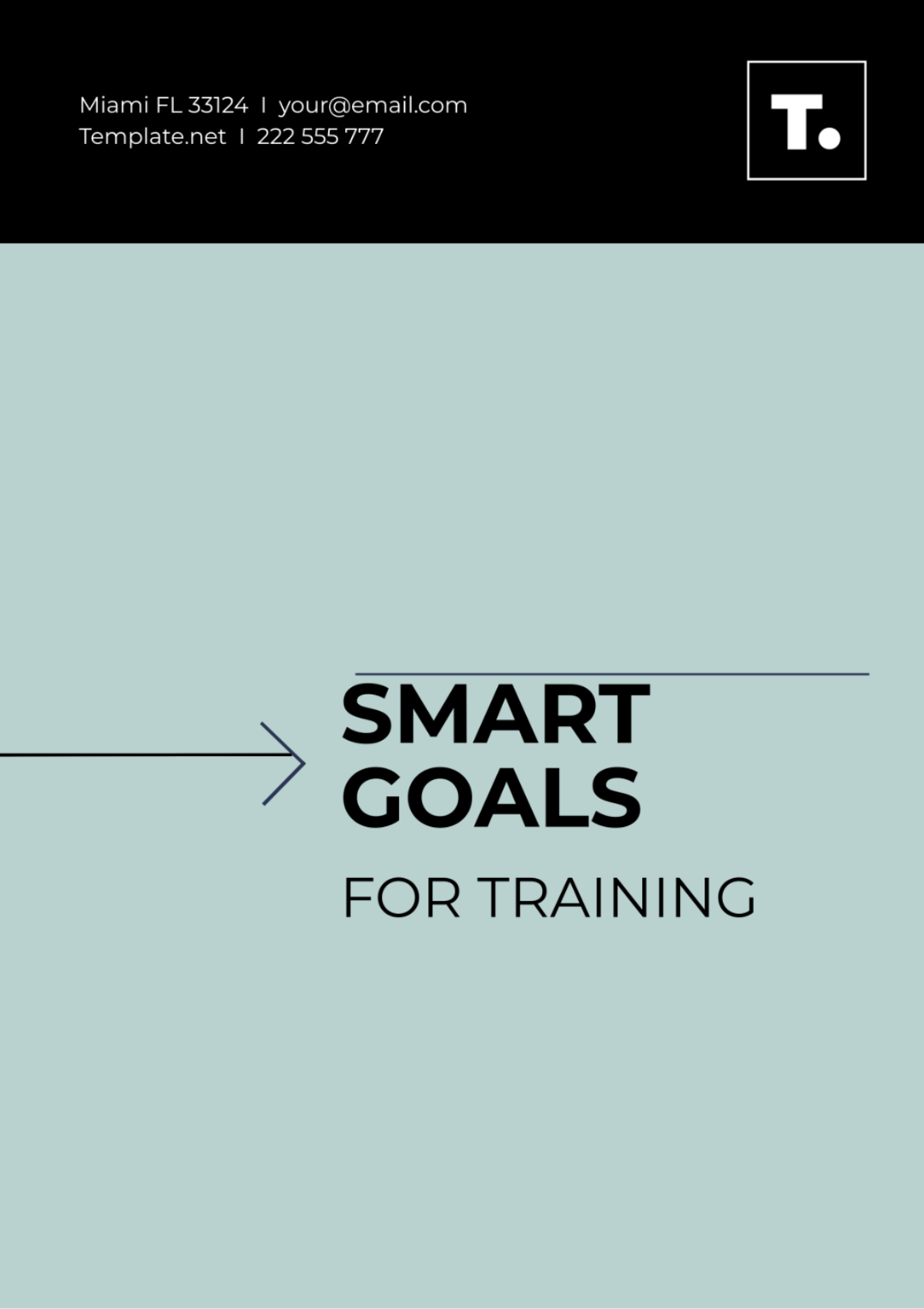
Prepared by: [YOUR NAME]
Company: [YOUR COMPANY NAME]
Objective:
To develop a comprehensive training program for the employees of [YOUR COMPANY NAME] that ensures the creation of structured and effective learning experiences, characterized by clearly defined and measurable learning objectives.
SMART Goal:
Initial | Initial Meaning | Component |
|---|---|---|
S | Specific | The training program will specify clear learning objectives for employees, focusing on enhancing [SKILLS]. |
M | Measurable | Progress and success in achieving learning objectives will be quantifiable through assessment metrics, such as [ASSESSMENT METHODS]. |
A | Achievable | The training objectives will be realistic and attainable within the resources and timeframe available, allowing employees to effectively meet the established learning outcomes. |
R | Relevant | Training content and objectives will directly align with the skills and knowledge required for employees to excel in their roles within [YOUR COMPANY NAME]. |
T | Time-bound | A structured timeline will be established for the completion of training modules, with clear deadlines for achieving learning objectives and completing assessments. |
Action Plan:
Identify the specific skills and knowledge areas: [ROLE] will conduct a comprehensive analysis to identify the specific skills and knowledge areas essential for employees to excel in their roles within [YOUR COMPANY NAME]. This analysis will involve [METHODS] for skill assessment.
Develop learning objectives for each training module: [TITLE] will collaborate with [STAKEHOLDERS] to develop clear and concise learning objectives for each training module. These objectives will be aligned with [YOUR COMPANY NAME] goals and tailored to address employee development needs identified in the previous step.
Create training materials and resources: [TITLE] will utilize [AVAILABLE RESOURCES] to create engaging training materials and resources that support the achievement of learning objectives. These materials may include [MATERIALS].
Implement assessment methods: [ROLE] will design and implement assessment methods to measure employee progress and success in meeting learning objectives. This may involve [ASSESSMENT METHODS]. Regular feedback will be provided to employees to track their development and address any areas needing improvement.
Monitor employee participation and engagement: [ROLE] will closely track employee engagement in the training program, providing regular support and guidance to keep them motivated until successful completion.
Accountability:
Responsibilities of the [ROLE]: The [ROLE] is responsible for creating, implementing, and evaluating the training program, including designing learning materials, leading training sessions, and assessing its effectiveness against set objectives.
Employee Responsibilities: Employees are responsible for fully engaging in training, including punctuality, active participation, and applying learned knowledge.
Mutual Commitment to Success: The [ROLE] and employees jointly commit to the success of the training program, working together through open communication and mutual support to create a learning-friendly environment for advancing organizational goals.
Notes:
Regular communication with [DEPARTMENT] regarding training objectives, expectations, and progress is crucial for ensuring engagement and success.
Flexibility may be required in adjusting training content or methods based on feedback from [DEPARTMENT] and evolving organizational needs.
Continuous evaluation and refinement of the training program are necessary to ensure it remains relevant and effective in supporting [DEPARTMENT]] development and organizational goals.
- 100% Customizable, free editor
- Access 1 Million+ Templates, photo’s & graphics
- Download or share as a template
- Click and replace photos, graphics, text, backgrounds
- Resize, crop, AI write & more
- Access advanced editor
Introducing the ultimate training companion from Template.net: our Subject for SMART Goals Template! Crafted to streamline your training initiatives, it's fully editable and customizable, ensuring seamless adaptation to your unique needs. Plus, it's effortlessly editable in our AI Editor Tool, empowering you to achieve your goals with precision and ease.cc
